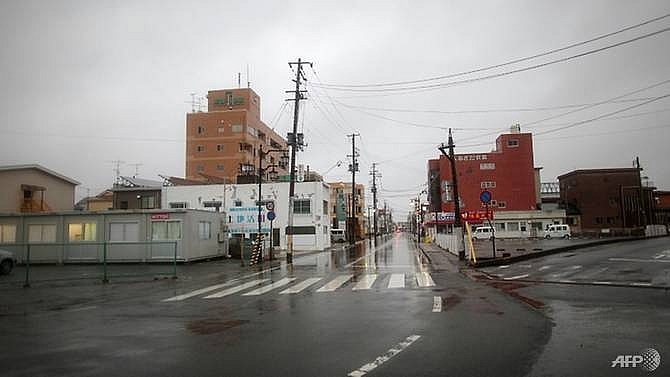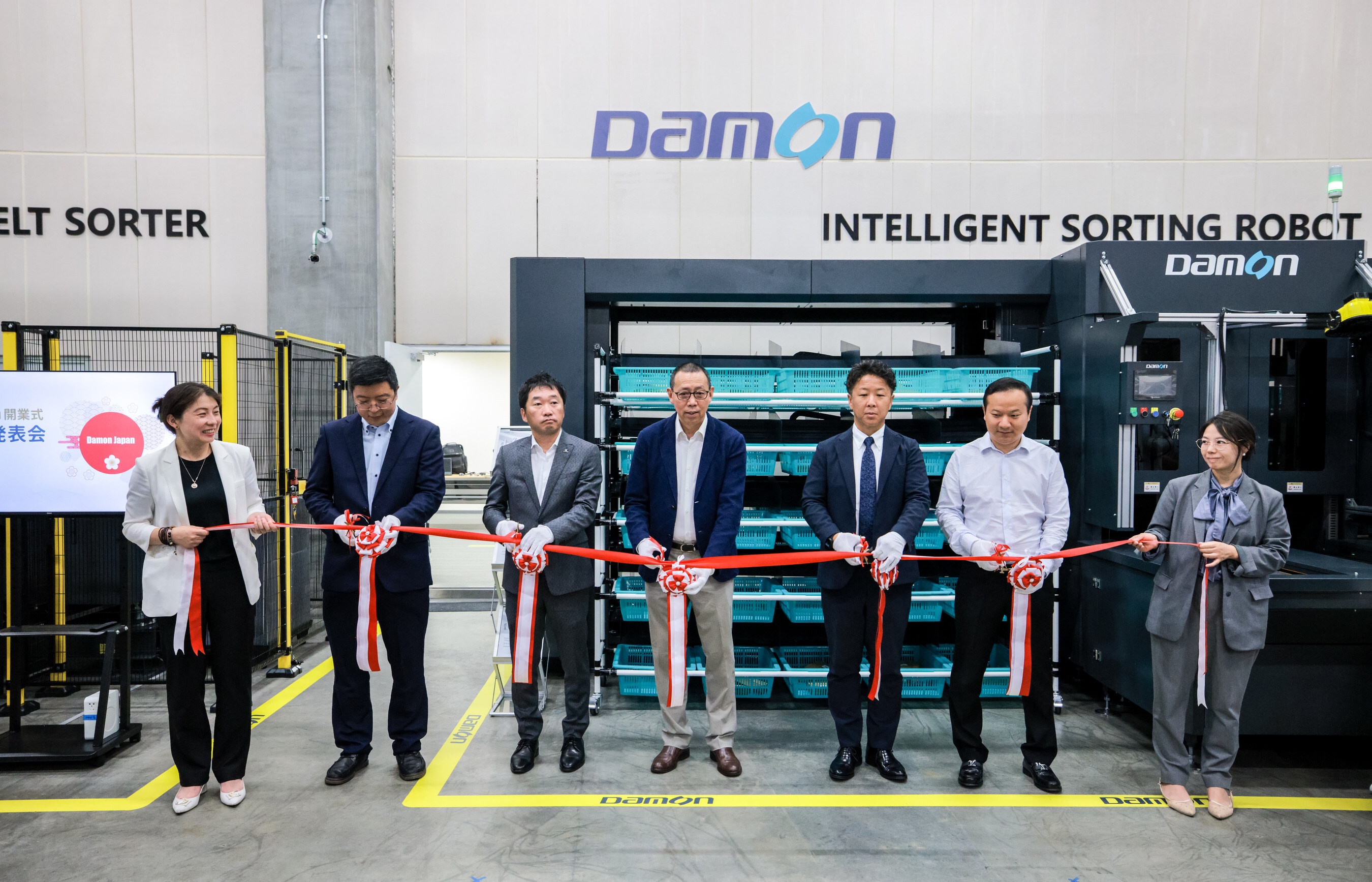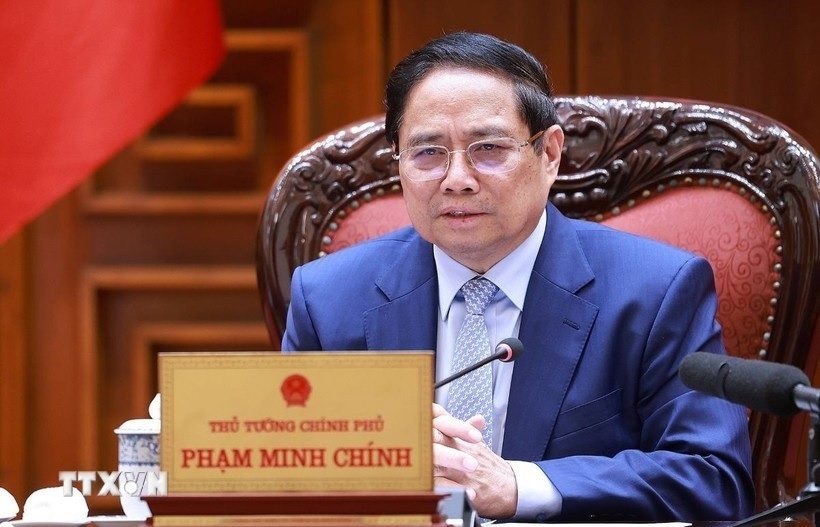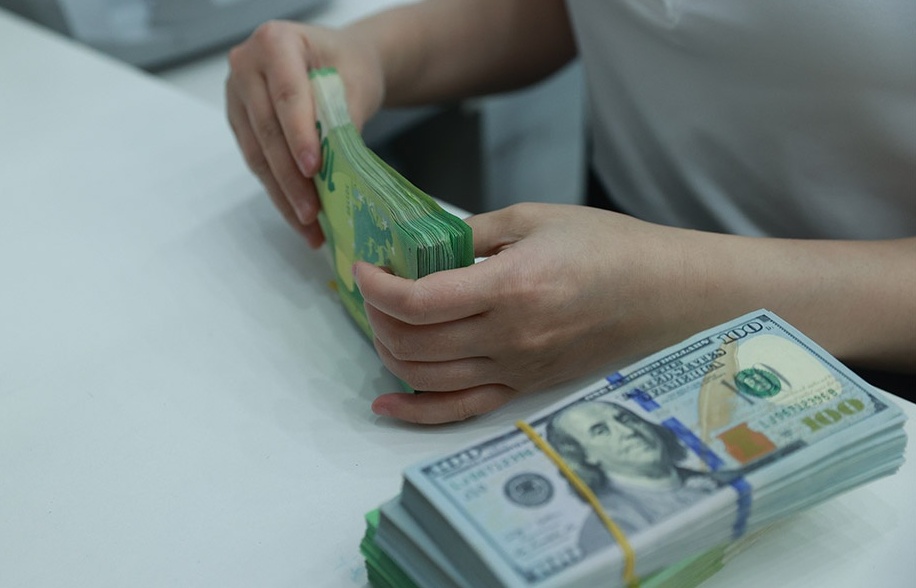In Fukushima ghost town, a factory on the road to rebirth
 |
| Namie was under a government-mandated evacuation order, which was partially lifted last year AFP/Behrouz MEHRI |
Namie in Japan's Fukushima region remains a virtual ghost town seven years after a devastating tsunami and nuclear disaster, but officials hope a new factory recycling electric car batteries could help revitalise the area.
Tsunami waves inundated Japan's northeastern coast on March 11, 2011 after a magnitude 9.0 earthquake, ripping buildings from their foundations and triggering a nuclear disaster.
Namie was under a government-mandated evacuation order, which was partially lifted last year, and encouraging residents to return has proved an uphill struggle.
The facility built by Japanese automaker Nissan in the town is employing new technology to recycle electric car batteries.
For now, the factory is basic, virtually empty, and employs just 10 people, but Nissan and government officials hope it might prompt other businesses to follow suit, and eventually draw people back to the region.
"Seven years have passed, the evacuation order has been lifted ... and we are working hard" to bring residents back, said Reconstruction Minister Masayoshi Hoshino at a ceremony in the factory on Monday.
The government lifted evacuation orders on some tsunami-hit areas, including around 20 per cent of Namie, last year.
The other 80 per cent of Namie is still off-limits, and in February just 516 people were registered as living in the city, compared with 21,000 before 2011.
"We need infrastructure, jobs, schools," Hoshino said at the factory. The government paid for two-thirds of the facility's construction costs in the hope of attracting people to the region.
RECYCLING BATTERIES
Nissan says it hopes to raise Namie's profile with the factory, which began going up shortly after the evacuation order was lifted.
"We will contribute to the reconstruction of Namie," said Eiji Makino, head of 4R Energy Corporation, the partnership between Nissan and Sumitomo Corporation that will run the factory.
The facility will use new technology that can rapidly assess the performance of the lithium-ion batteries used by Nissan's electric car, the Leaf.
The process of analysing the 48 parts of each battery used to take more than a fortnight, but now takes just four hours.
Once analysed, batteries that retain most of their ability to hold charge will be refurbished and sold to replace those in first-generation Leafs, which hit the market in 2010.
The recycled batteries will cost less than half the 650,000 yen (US$6,100) price of a new battery.
Batteries with lower performance will be recycled for use in smaller vehicles, including golf carts and fork-lift trucks, or used to store energy.
"ENORMOUS POTENTIAL"
Work at the factory will begin in May, and while limited for now, Nissan has plans to expand locally.
It is betting on a growing stock of used electric car batteries as demand for the vehicles grows thanks to eco-friendly public policy and efforts to move away from petrol.
A leader in the sector, Nissan aims to increase its electrified car sales six-fold by 2023, and other automakers are similarly ambitious.
Initially, the Namie factory will handle several hundred units a year, but it has a maximum capacity of 2,250 batteries.
"There is enormous potential," said 4R Energy's Makino, who envisions "one day employing 1,000 people".
But that will depend on finding workers willing to take jobs in an area that remains largely deserted.
Fukushima governor Masao Uchibori recently acknowledged the difficulty of drawing people back, years after they have resettled elsewhere.
"They have bought a new home, their children are going to a local school, they have found work there, they have put down roots, and it is hard for them to return," he said.
Investment in infrastructure is already underway, to ensure shops, medical facilities and schools are available, but a psychological barrier remains too.
Many people still worry about the health risks in areas affected by the worst nuclear disaster since Chernobyl.
Activist group Greenpeace warned last month that "there clearly remains a radiological emergency within the areas of Namie and Iitate which were opened by the government in March 2017".
The group says the government's decontamination programme has left radiation hotspots with levels that would require "immediate action" if they were detected at nuclear facilities.
But government officials insist the area is safe, and Makino was quick to dismiss fears of health risks.
"The world-famous Champs-Elysees has radiation levels twice as high as those in Namie," he said.
"The central government has carried out decontamination work and there is no problem."
What the stars mean:
★ Poor ★ ★ Promising ★★★ Good ★★★★ Very good ★★★★★ Exceptional
 Tag:
Tag:
Related Contents
Latest News
More News
- How to solve Asia's youth unemployment crisis (June 20, 2025 | 16:50)
- Malaysia sues Telegram over harmful content (June 20, 2025 | 10:09)
- FDI flows to developing economies drop to lowest level since 2005 (June 18, 2025 | 18:35)
- Asia-Europe forum strengthens high-tech investment (June 13, 2025 | 19:02)
- PM stresses need to focus resources on three main areas for protection of oceans (June 09, 2025 | 11:22)
- ASEAN Economic Forum 2025 to open in Singapore (June 06, 2025 | 11:54)
- Search for victims of Indonesia quarry landslide continues, death toll hits 17 (June 02, 2025 | 13:28)
- EU lists Thailand as low-risk for deforestation-free trade (June 02, 2025 | 13:22)
- Deputy Prime Minister puts forth proposals for cooperation at Nikkei Forum "Future of Asia" (June 02, 2025 | 08:55)
- "OTOD Smart Living" drives rural digital shift in Thailand (May 23, 2025 | 15:48)






















 Mobile Version
Mobile Version